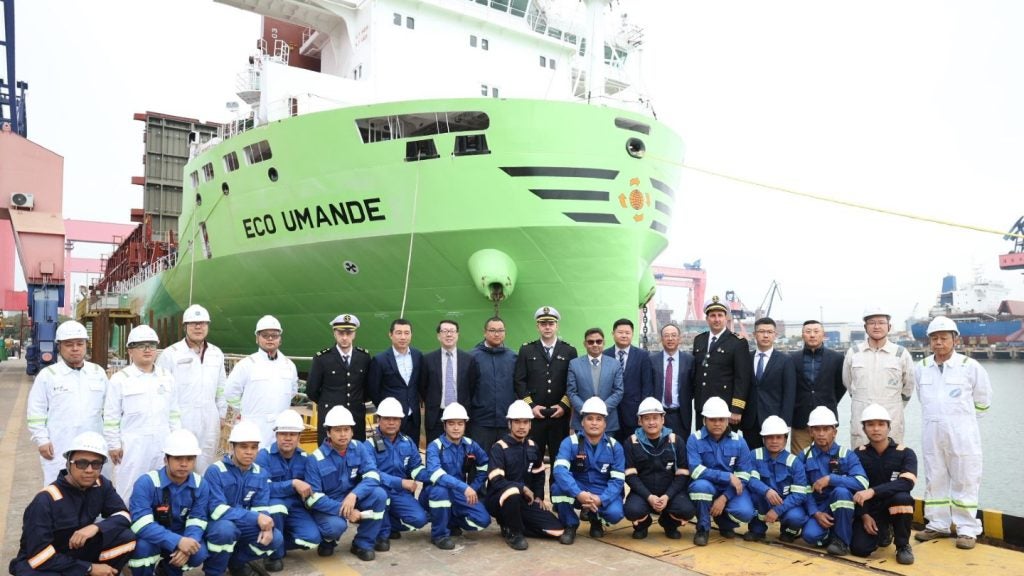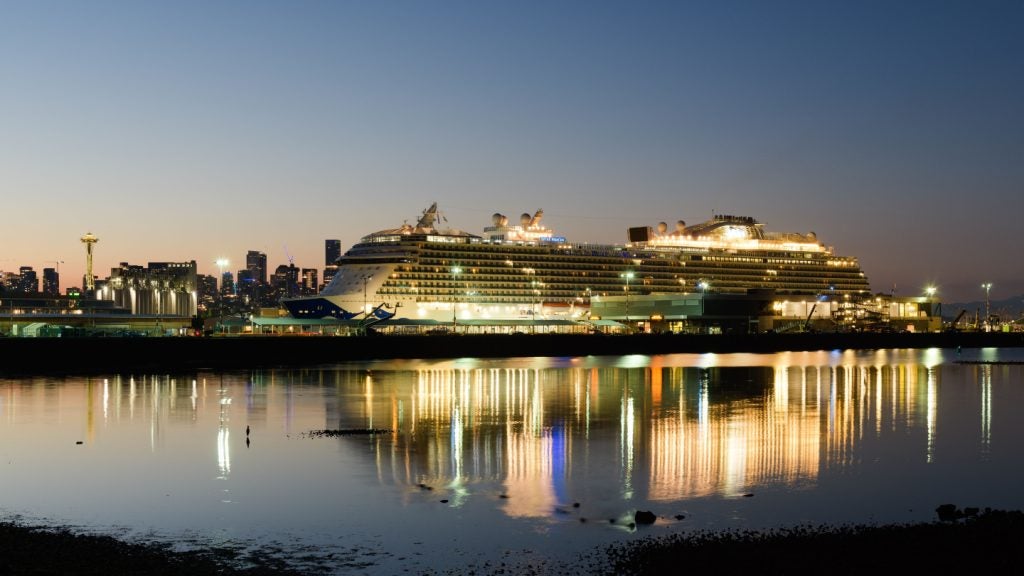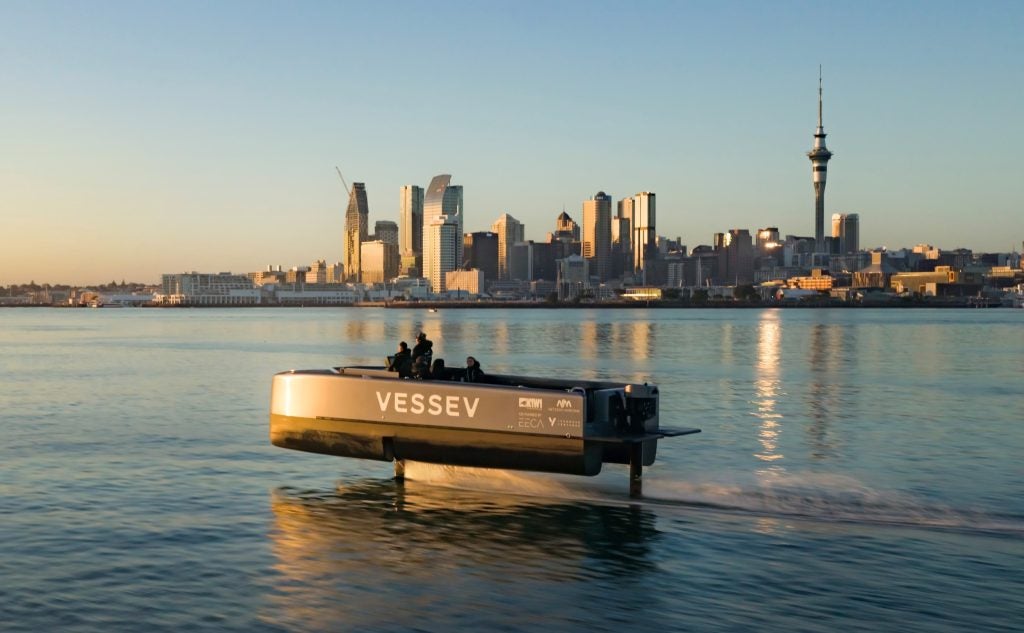
Classification society Bureau Veritas is set to class the series of ice-breaking liquefied natural gas (LNG) carriers that are being built for use in arctic conditions to serve the Yamal LNG project in Northern Russia.
Being built at Korea’s Daewoo Shipbuilding and Marine Engineering (DSME) yard, the Arctic-capable LNG carriers will feature four membrane tanks which will be capable of transporting 172,000m³ of LNG.
The hull form with a moderate ice bow forward and a heavy ice-breaking profile aft is expected to enable the vessels to navigate in light ice or open sea bow first, by navigating in reverse to break heavy ice.
The engine will be capable of operating in temperatures of as low as -50°C on LNG carriers and will be able to break through ice of more than 2m.
The vessels will feature a forward and aft ice belt to strengthen the hull and a very detailed fatigue life analysis to ensure the strength the structure.
The aft ice breaking mode is boosted by the propulsion system consisting of three pods delivering around 45MW of power.
How well do you really know your competitors?
Access the most comprehensive Company Profiles on the market, powered by GlobalData. Save hours of research. Gain competitive edge.

Thank you!
Your download email will arrive shortly
Not ready to buy yet? Download a free sample
We are confident about the unique quality of our Company Profiles. However, we want you to make the most beneficial decision for your business, so we offer a free sample that you can download by submitting the below form
By GlobalDataThe ships have already been assigned to Sovcomflot, MOL, Teekay and Dynagas.
BV Marine and Offshore Division head and executive vice-president Philippe Donche-Gay said: “We have made extensive investments in research into ice loads and navigation in ice, working with major Russian institutions and Asian shipyards.
“This effort, coupled with our world-leading expertise in large LNG carriers gives us a strong technical base to class these highly sophisticated vessels.”
The ships will meet the Russian Register Arc7 standard which is an intermediate level between Polar Class 3 and Polar Class 4 of Bureau Veritas regulation.
Image: An artist impression of the Arctic-capable LNG carriers. Photo: courtesy of Bureau Veritas







